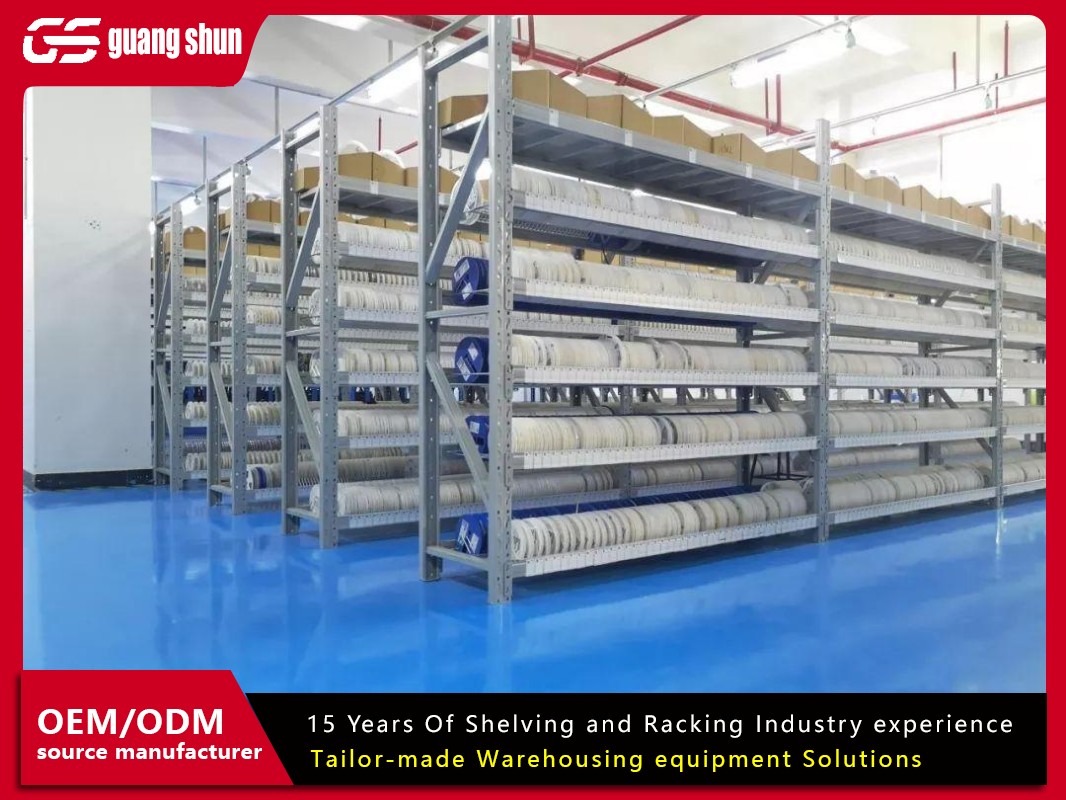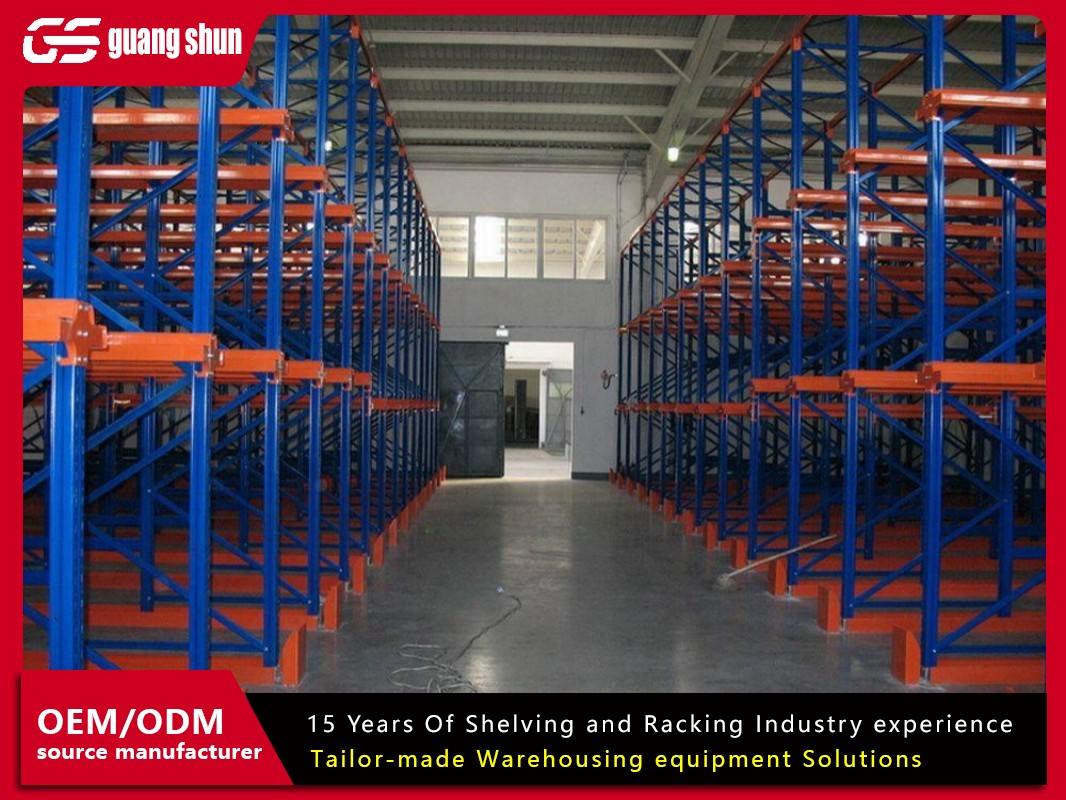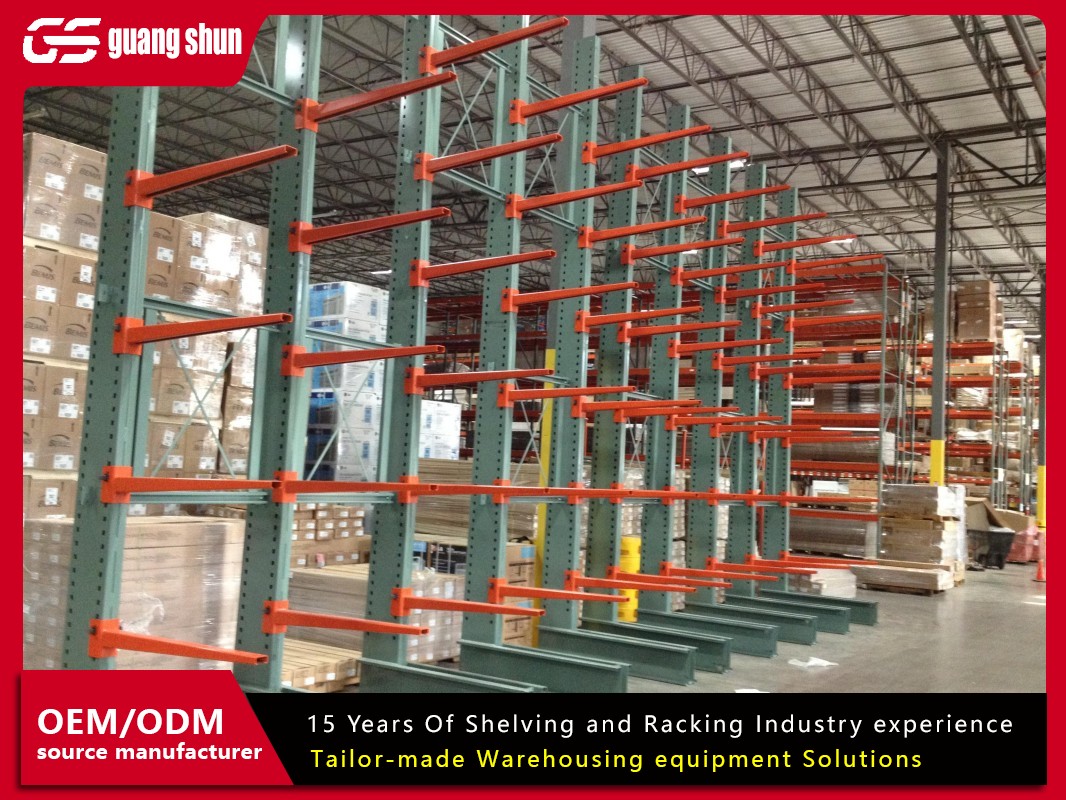In the fast-paced world of logistics and supply chain management, every second counts. Efficient warehouse operations are the backbone of successful businesses, and one critical element that often goes overlooked is warehouse racking labeling. This systematic approach to identifying and organizing storage locations can dramatically improve inventory accuracy, reduce errors, and boost productivity. Whether you're running a small distribution center or a large-scale fulfillment hub, implementing an effective warehouse racking labeling system is essential for staying competitive. This article delves into the intricacies of warehouse racking labeling, exploring its importance, various systems, best practices, common challenges, and solutions, all while keeping your operations smooth and error-free.
Warehouse racking labeling refers to the practice of assigning unique identifiers to storage locations, such as racks, shelves, and bins, within a warehouse. This allows for precise tracking of inventory movements, making it easier for workers to locate items quickly and manage stock levels. With the rise of e-commerce and just-in-time delivery, the demand for optimized warehouse processes has never been higher. By focusing on warehouse racking labeling, businesses can minimize delays, enhance safety, and support scalable growth. In the following sections, we'll break down this topic into key areas, providing actionable insights to help you master warehouse racking labeling.
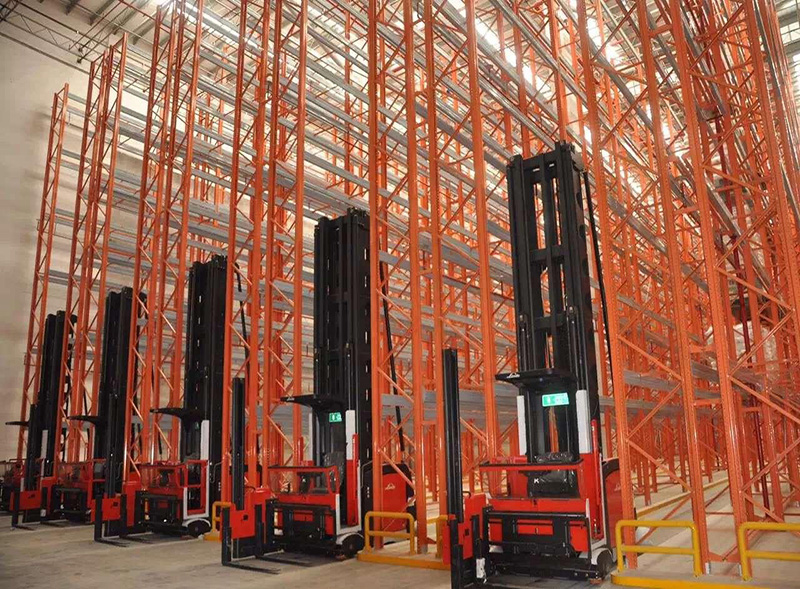
Understanding Warehouse Racking Labeling and Its Core Components
Warehouse racking labeling is more than just slapping numbers on shelves; it's a strategic system designed to create a logical and intuitive layout for your storage facility. At its core, warehouse racking labeling involves using labels, tags, or digital markers to assign codes to specific locations. These codes typically follow a standardized format, such as alphanumeric sequences that indicate the aisle, rack level, and bin position. For example, a label might read "A-05-02," meaning Aisle A, Rack 5, Level 2. This standardization is crucial for integrating with warehouse management systems (WMS), which rely on accurate data for tasks like picking, packing, and replenishment.
The components of a warehouse racking labeling system include durable materials like vinyl labels, metal plates, or RFID tags, chosen based on the warehouse environment. Factors such as humidity, temperature, and exposure to chemicals can affect label longevity. Additionally, the system must be scalable to accommodate future expansion. A well-designed warehouse racking labeling scheme not only improves operational efficiency but also reduces training time for new employees, as the layout becomes easier to navigate. By understanding these fundamentals, businesses can lay a strong foundation for their labeling initiatives, ensuring that warehouse racking labeling serves as a reliable tool for daily operations.
The Benefits of Implementing an Effective Warehouse Racking Labeling System
Investing in a robust warehouse racking labeling system yields numerous advantages that directly impact the bottom line. First and foremost, it enhances inventory accuracy by providing clear, unambiguous identifiers for each storage location. This reduces the risk of misplacements and stockouts, leading to better order fulfillment rates. Studies show that warehouses with optimized labeling systems can cut picking errors by up to 30%, saving time and resources. Moreover, warehouse racking labeling promotes safety by clearly marking hazardous zones or heavy-load areas, helping to prevent accidents.
Another key benefit is increased productivity. Workers spend less time searching for items, allowing them to complete tasks faster. For instance, in a high-volume e-commerce warehouse, efficient warehouse racking labeling can speed up order processing during peak seasons. It also supports data-driven decision-making; by tracking movement patterns through labels, managers can identify bottlenecks and optimize layout for smoother workflows. Furthermore, warehouse racking labeling facilitates better inventory rotation, such as FIFO (first-in, first-out) or LIFO (last-in, first-out), which is vital for perishable goods. Overall, the return on investment from proper warehouse racking labeling is substantial, making it a wise choice for any logistics operation.
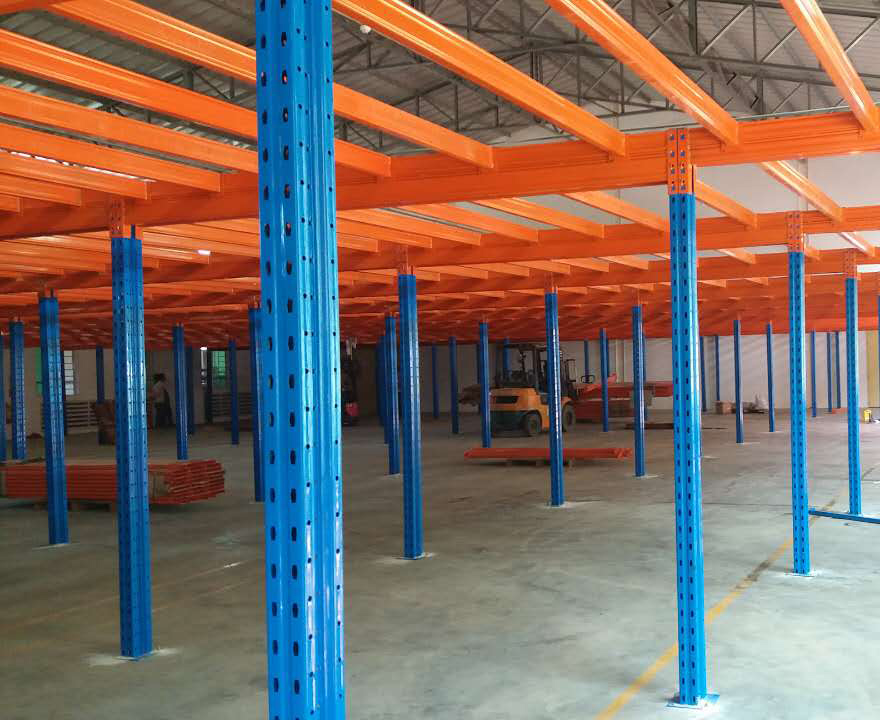
Types of Warehouse Racking Labeling Systems and Their Applications
Warehouse racking labeling systems come in various forms, each suited to different operational needs. The most common types include static labeling, dynamic labeling, and technology-enhanced solutions. Static labeling involves permanent labels, such as engraved plates or weather-resistant vinyl, which are ideal for stable environments where changes are infrequent. These are cost-effective and easy to install, making them popular in traditional warehouses. However, they may not be flexible enough for facilities with frequent layout adjustments.
On the other hand, dynamic labeling systems use reusable or digital labels that can be updated easily. For example, electronic shelf labels (ESLs) allow real-time updates via wireless networks, integrating seamlessly with WMS. This is particularly useful in warehouses handling high-SKU inventories or seasonal products. Technology-enhanced options, like barcode or RFID-based warehouse racking labeling, offer automated tracking. Barcodes are widely adopted due to their affordability and compatibility with scanners, while RFID provides hands-free scanning and better durability in harsh conditions. Choosing the right system depends on factors like budget, warehouse size, and workflow complexity. By evaluating these options, businesses can select a warehouse racking labeling approach that aligns with their goals.
Best Practices for Designing and Deploying Warehouse Racking Labeling
To maximize the effectiveness of warehouse racking labeling, follow these best practices during design and deployment. Start by conducting a thorough audit of your warehouse layout. Map out all aisles, racks, and bins to create a logical numbering scheme that is easy for employees to understand. Use consistent formats, such as starting from the entrance and moving inward, to avoid confusion. It's also important to involve staff in the planning phase, as their input can reveal practical insights into daily workflows.
When it comes to materials, opt for high-quality, durable labels that withstand wear and tear. For instance, in cold storage facilities, choose labels resistant to condensation and freezing temperatures. Ensure that labels are placed at eye level and in well-lit areas for visibility. Incorporate color-coding into your warehouse racking labeling system to denote different zones or product categories—this can speed up visual identification. Additionally, integrate the labeling with your WMS for automated updates and real-time tracking. Training employees on how to use the system is crucial; provide clear guidelines and regular refreshers. By adhering to these practices, you can deploy a warehouse racking labeling system that is both efficient and sustainable.
Common Challenges in Warehouse Racking Labeling and How to Address Them
Despite its benefits, warehouse racking labeling can present several challenges. One frequent issue is label degradation; over time, labels may fade, peel, or become damaged due to environmental factors or handling. This leads to misreads and errors. To combat this, use industrial-grade materials and schedule regular maintenance checks. Another common problem is poor placement—if labels are too high, low, or obscured, workers might overlook them. Ensure labels are positioned consistently and consider using larger fonts or reflective surfaces for better visibility.
Inconsistency in labeling formats is another hurdle, especially in warehouses that have expanded haphazardly. This can cause confusion and reduce system reliability. Standardize the warehouse racking labeling scheme across the entire facility, and update old sections to match new additions. Resistance from staff is also a challenge; employees accustomed to old methods may be reluctant to adopt new systems. Address this through comprehensive training and highlighting the benefits, such as reduced physical strain. Lastly, integrating warehouse racking labeling with existing technology can be tricky. Work with IT specialists to ensure compatibility and smooth data flow. By proactively tackling these issues, you can maintain an effective warehouse racking labeling system.
Solutions for Overcoming Warehouse Racking Labeling Obstacles
Solving problems in warehouse racking labeling requires a strategic approach. For label durability, invest in laminated or metal labels that offer longer lifespans. In dynamic environments, consider adopting digital solutions like QR codes that can be scanned with smartphones, reducing the need for physical replacements. To address placement issues, use 3D modeling software during the design phase to simulate sightlines and adjust label positions accordingly. For consistency, create a detailed style guide for warehouse racking labeling that outlines formats, colors, and placement rules, and appoint a team to oversee compliance.
When dealing with employee resistance, implement change management strategies. Offer hands-on workshops and incentives for using the new system correctly. For technological integration, choose scalable WMS that support various labeling types, and conduct pilot tests before full rollout. Additionally, leverage data analytics to monitor the performance of your warehouse racking labeling system; track metrics like pick accuracy and time savings to identify areas for improvement. By applying these solutions, businesses can turn challenges into opportunities for optimization, ensuring that warehouse racking labeling remains a cornerstone of efficient operations.
As technology evolves, warehouse racking labeling is poised for significant advancements. The integration of IoT (Internet of Things) devices is becoming more common, allowing labels to communicate real-time data on inventory levels and environmental conditions. For example, smart labels with sensors can alert managers to stock shortages or unauthorized movements. Artificial intelligence (AI) is also playing a role; AI-powered systems can analyze warehouse racking labeling data to predict demand and optimize storage layouts automatically.
Another trend is the rise of augmented reality (AR) in warehouse operations. AR glasses can overlay digital information onto physical labels, guiding workers to exact locations hands-free. This could revolutionize warehouse racking labeling by making it more interactive and reducing training time. Sustainability is another focus, with eco-friendly label materials gaining traction. In the coming years, we can expect warehouse racking labeling to become more integrated with autonomous robots and drones, further enhancing efficiency. By staying abreast of these innovations, businesses can future-proof their labeling systems and maintain a competitive edge.
In conclusion, warehouse racking labeling is a vital aspect of modern warehouse management that should not be underestimated. From improving accuracy and safety to enabling scalability, a well-executed system can transform your operations. By understanding its components, benefits, and challenges, and by adopting best practices and innovative solutions, you can harness the full potential of warehouse racking labeling. As the industry moves toward greater automation and data-driven processes, now is the time to invest in this critical tool. Start by assessing your current setup and planning a phased implementation—your warehouse will thank you with smoother, more efficient workflows.



